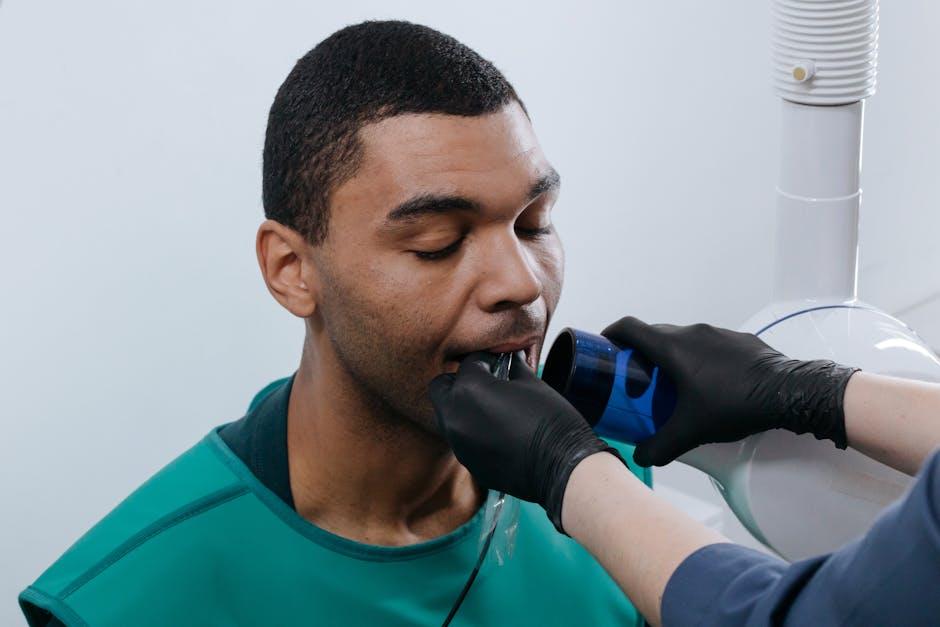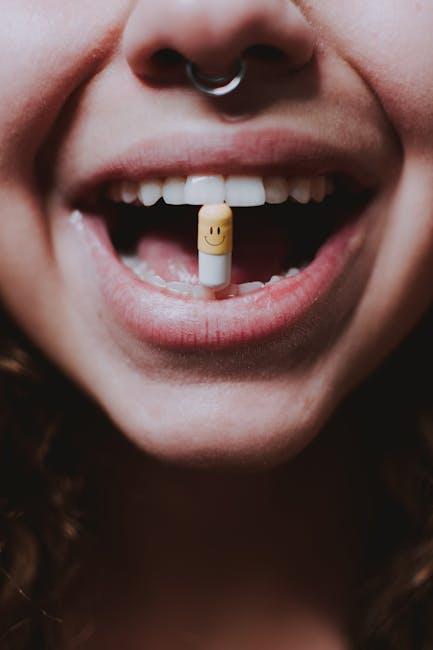
Higher Dental Radiation Doses Tied to Increased Risk of Cavities in Head and Neck Cancer Patients: Study
Head and neck cancer treatments often involve radiation therapy, a crucial intervention to control tumor growth. However, while radiation is life-saving, recent research highlights an unexpected consequence: elevated dental radiation doses significantly increase the risk of developing cavities in patients. Understanding this link is vital for healthcare professionals and patients alike to better manage oral health during and after cancer treatment.
Overview of the Study and Its Key Findings
A comprehensive study published in a leading medical journal has shed light on the correlation between higher dental radiation doses and the elevated incidence of dental caries (cavities) in patients undergoing radiation therapy for head and neck cancers. Researchers analyzed patient data spanning several years, focusing on radiation exposure levels and subsequent oral health outcomes.
- Study Population: 350 head and neck cancer patients receiving radiotherapy.
- Radiation Dose Range: 20 Gy to over 70 Gy directed near dental structures.
- Findings: Patients exposed to dental radiation doses above 50 Gy had a twofold increase in cavity rates compared to those receiving less than 30 Gy.
- Additional Risk Factors: Xerostomia (dry mouth) and reduced saliva flow post-radiation amplified cavity risk.
Statistical Summary: Dose vs Cavity Incidence
| Radiation Dose to Teeth (Gy) | Reported Cavity Rate (%) | Relative Risk Increase |
|---|---|---|
| Below 30 Gy | 15% | Baseline |
| 30 – 50 Gy | 30% | 2x |
| Above 50 Gy | 45% | 3x |
Why Does Higher Dental Radiation Dose Increase Cavity Risk?
Radiation therapy designed to target tumors in the head and neck often inevitably exposes nearby healthy tissues, including teeth and salivary glands, to radiation. This can lead to several oral complications:
1. Damage to Salivary Glands
Radiation impairs salivary gland function, leading to xerostomia, or dry mouth. Saliva plays a crucial role in neutralizing acids, remineralizing enamel, and washing away food debris and bacteria. Reduced saliva flow creates a favorable environment for cavity-causing bacteria to thrive.
2. Enamel and Dentin Damage
Direct radiation exposure can weaken tooth enamel and dentin, decreasing the natural protective barrier and making teeth more susceptible to decay.
3. Alterations in Oral Microbiota
Changes in saliva quantity and quality can disrupt the balance of microorganisms in the mouth, increasing populations of cariogenic bacteria such as Streptococcus mutans.
Implications for Head and Neck Cancer Patients
Patients undergoing radiation therapy in the head and neck region are at heightened risk of developing cavities, which can lead to pain, infections, difficulty eating, and decreased quality of life. Early identification and proactive dental care are crucial to mitigate these effects.
Benefits of Early Dental Intervention
- Pre-Radiation Dental Assessment: Identifying and treating existing dental problems before radiation can prevent worsening post-therapy complications.
- Customized Radiation Planning: Minimizing radiation dose to healthy dental tissues when feasible reduces cavity risk.
- Post-Radiation Dental Monitoring: Regular dental check-ups and cleanings help detect and address early cavities promptly.
Practical Tips for Reducing Cavity Risk During and After Radiation
Both patients and healthcare providers can implement effective strategies to protect oral health:
For Patients:
- Maintain excellent oral hygiene: brush twice daily with a fluoride toothpaste and floss regularly.
- Use fluoride treatments or rinses as recommended to strengthen enamel.
- Stay hydrated and use saliva substitutes if experiencing dry mouth.
- Limit sugary and acidic foods and drinks that promote tooth decay.
- Schedule frequent dental visits for professional cleaning and early cavity detection.
For Healthcare Professionals:
- Integrate dental professionals into the oncology care team for coordinated treatment planning.
- Employ advanced radiation techniques like Intensity-Modulated Radiation Therapy (IMRT) to spare healthy tissues where possible.
- Educate patients about oral care’s importance during cancer therapy.
- Monitor saliva production and prescribe appropriate interventions to alleviate xerostomia.
Case Study: Managing Oral Health in a Radiation Patient
Mrs. K, a 58-year-old diagnosed with oropharyngeal cancer, underwent radiation therapy with an estimated dental dose of 55 Gy. Before treatment, she received a thorough dental evaluation:
- Existing cavities were filled, and problematic teeth extracted.
- She was educated on rigorous oral hygiene and started on fluoride gel daily.
- Xerostomia management included saliva substitutes and chewing sugar-free gum.
During therapy, frequent dental visits and coordinated care helped detect demineralization at early stages, preventing full cavity development. Post-therapy, Mrs. K maintains good oral health, illustrating the benefits of proactive dental management.
Conclusion: Balancing Cancer Treatment and Oral Health
The recent study confirming that higher dental radiation doses are strongly linked to increased cavity risk underlines the necessity for comprehensive oral health strategies within head and neck cancer care. Proactive dental assessments, patient education, and collaborative care models can significantly reduce radiation-associated dental complications, improving patients’ overall quality of life.
If you or a loved one are undergoing radiation therapy for head and neck cancer, consult with your oncology and dental teams about tailored oral care plans to protect your teeth throughout the journey.


